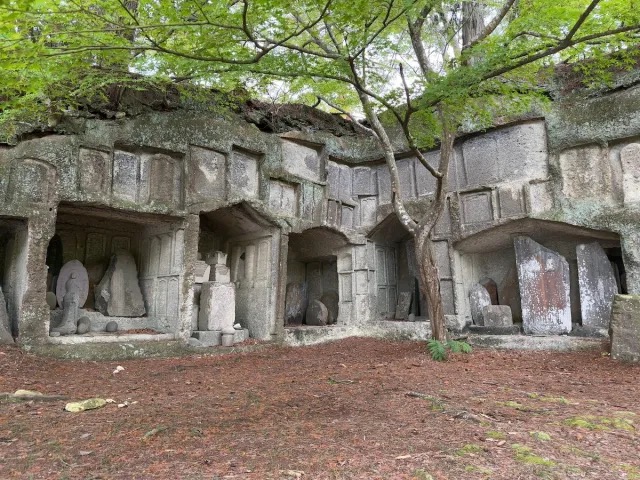
The eerie ruins on this island will take your breath away.
Matsushima in Miyagi Prefecture is a tourist spot so beautiful it’s ranked as one of Japan’s three most scenic views, alongside Amanohashidate in Kyoto and Miyajima in Hiroshima.
With a name that translates as “pine tree island”, Matsushima is actually a group of islands, and although they’re best explored by sightseeing boat, some can be reached by foot via bridges from the mainland. One land-connected island is particularly special, as it’s considered a sacred place, with mysterious stone structures that create an otherworldly atmosphere. Known as Oshima, this is a hidden “power spot” that’s not often spoken about, so today we’d like to take you there, and introduce you to the “other side of Matsushima”.
The quiet entrance to the island lies on the sea side of Matsushima Seaside Park, which isn’t far from JR Matsushima Kaigan Station.
There are caves even before you enter the island, and you’ll be immediately struck by the unique atmosphere.
To understand the mysteries of Oshima, we have to go back to a time when it was a place of training for monks and pilgrims from all over the world…and a place for burial. The monks spent a long time reciting sutras, erecting stone pagodas, and carving stone Buddha statues as part of memorial services for the dead.
Some of them were high priests who severed ties with the secular world and lived on the island for more than 10 years. Visiting today, their presence lingers in the air on the island, and it can be felt as soon as you step onto the vermilion bridge, which has the same name as a famous bridge in Kyoto, “Togetsukyo,” and is said to be a bridge that ends bad relationships.
▼ It’s also acts as a boundary line between this world and the world of the unknown, kind of like the bridge in the Studio Ghibli film, Spirited Away.
There are walking trails on the island, with both clockwise and counterclockwise routes. While we weren’t sure of the official etiquette, we recommend heading clockwise for sightseeing, and the reason for that we’ll explain a little later.
The first thing you’ll see on this route is a torii gate. You’d be forgiven for wondering what a shrine is doing at a sacred site for Buddhism, but this is an Inari shrine which, according to an anecdote from the Edo period, was erected when a ship that was on the verge of becoming lost and was rescued by a white fox.
▼ Inari shrines are dedicated to the god of inari, which is connected to foxes.
As you continue walking, you’ll come across stone monuments, stone Buddha statues, and five-storey pagodas, all lined up on the side of walking trails, in the bushes, on the sides of cliffs…everywhere.
Some of the oldest statues have been discoloured by the wind and rain, making the inscriptions hard to read.
Although there are “haiku monuments” inscribed with the writings of Matsuo Basho (1644-1694), the esteemed poet who described Matsushima as the most beautiful place in all of Japan, most of the stone structures are “itabi”, a type of Buddhist memorial stone that was commonly used during the Muromachi (1336-1573) period.
There are also “cave ruins” at nearby Zuiganji temple, which indicate that the custom of excavating rocks for the purpose of holding memorial services for the dead was quite popular in this region. However, only a small portion of these stone structures can be seen now. There used to be dozens of them, and many of them were thrown into the ocean, so they were relocated when the park was being developed.
One of the highlights of Oshima is the site of a hermitage called “Shogin-an Ruins”. Although the building here no longer exists, there are countless stone monuments and names inscribed on the walls here.
This is where you feel the strong presence of…something. Whether it was spirits from the past or the energy from the people who once lived devoted lives here, there’s certainly an otherworldly feeling here that would move even the hardest skeptic.
It’s not scary or creepy as such but it does have a unique atmosphere that will render you speechless. Just as spectacular views of nature that surpass human understanding can leave people with feelings of awe, places that people have poured their deep thoughts and efforts into can also leave the same impression, becoming a so-called “power spot” for its feelings of intense energy.
Continuing along the trail, you’ll come to the “Myokakuan Ruins” at the tip of the island. This is the place where Kenbutsu Shonin, a high-ranking monk who practiced asceticism in seclusion on the island for 12 years, and Raiken, who followed suit and practiced asceticism for 22 years, lived.
This life of isolation is similar to those of other monks, such as those at Mt Koya, but here things feel different as it’s an island that’s so small you could probably walk around it in five minutes at a brisk pace. Isolating here would be quite difficult, as there’s no way to go for a long walk, and no opportunity to enjoy vast differences in terms of scenery, seasonal flowers or wild birds. This would’ve been the site for a truly ascetic life.
▼ Proceeding further, you’ll come to the highlight of the island, Okunoin.
Surrounded by trees, Okunoin is a dark place even during the day, and there’s an eerie tunnel that people can pass through, adding more mystery to the site. There used to be a hall called Kenbutsu-do here, where the aforementioned Kenbutsu Shonin is said to have recited 60,000 copies of the Lotus Sutra.
It is said that Kenbutsu Shonin gained spiritual power through his training and performed various miracles. There may be some exaggeration to the legend, but everyone agrees that the monk displayed an amazing mental strength.
After passing through the tunnel, you’ll return to the Togetsukyo Bridge, and this why we recommend going clockwise around the island. The exit from the tunnel just before crossing the bridge will make you feel as if you’ve been reborn as you return to the real world.
It’s said that in the early modern period, Matsushima became more and more popular as a scenic spot, largely due to Matsuo Basho introducing it to other countries as the most beautiful spot in Japan. After visiting the island, you’ll really get a sense of the awe-inspiring beauty that Basho was talking about, and there are plenty of other unique sites in the area waiting to be discovered as well, which will look even better when seen through the local warlord’s single eye.
Related: Matsushima Tourism Association, Matsushima Town Industry and Tourism Division, Tsunagu Bay Project
Images © SoraNews24
● Want to hear about SoraNews24’s latest articles as soon as they’re published? Follow us on Facebook and Twitter!
[ Read in Japanese ]

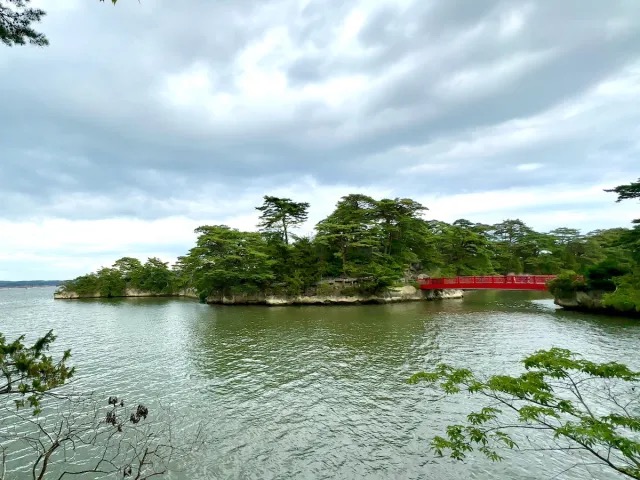
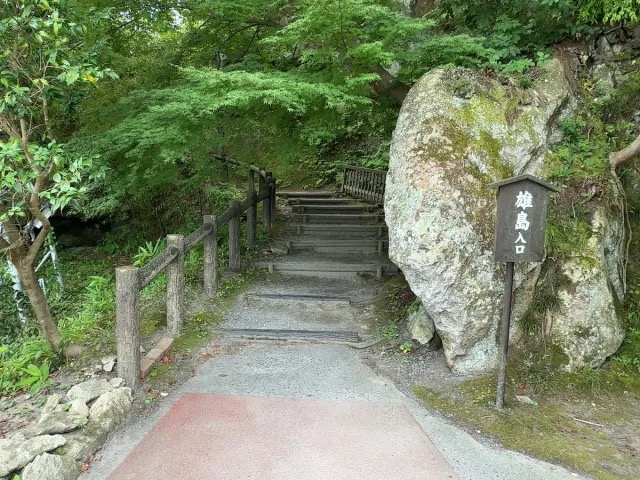
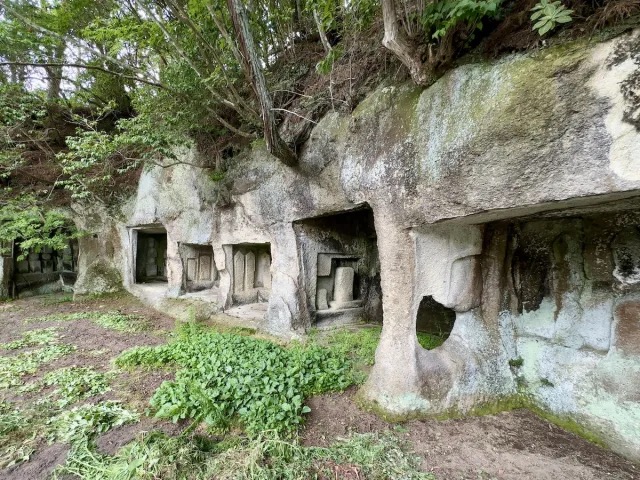
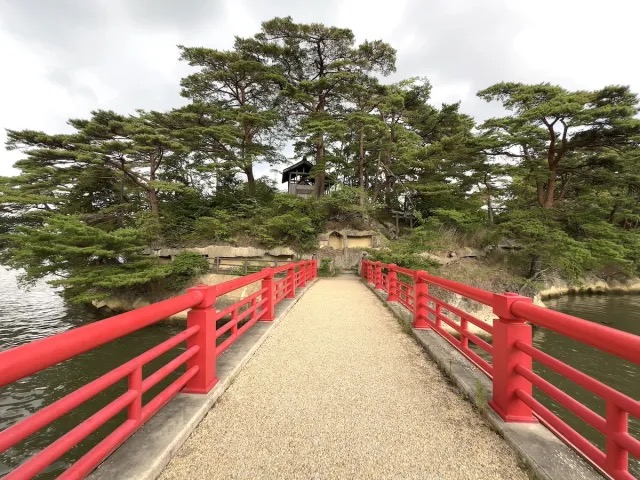
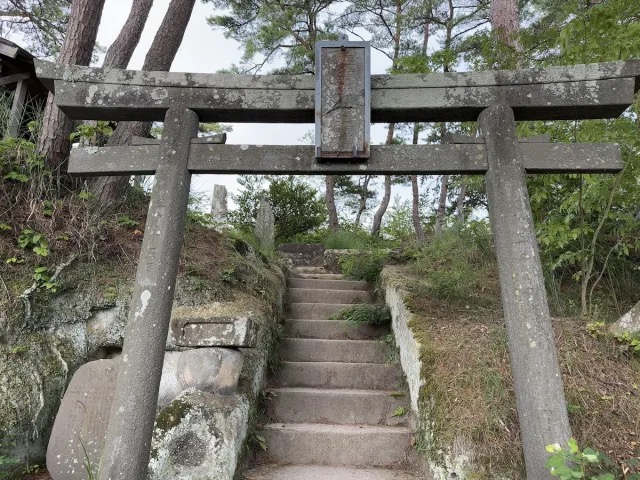
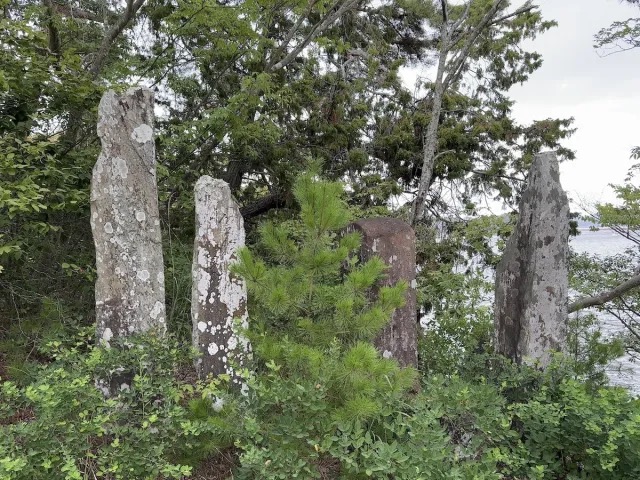
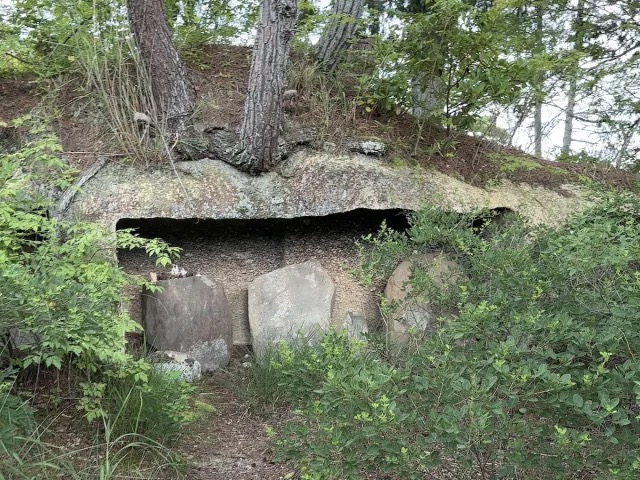
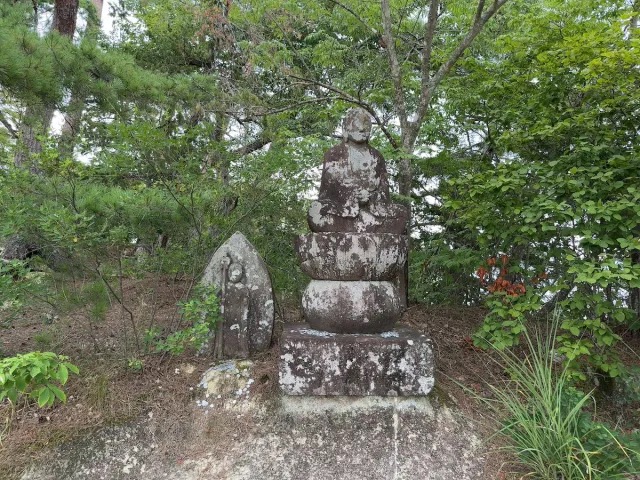
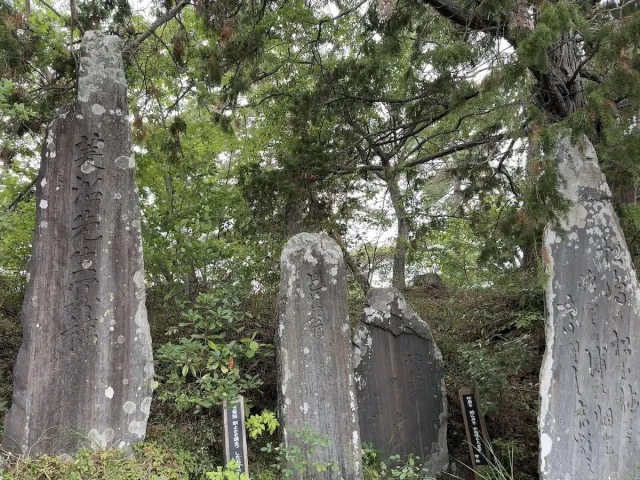
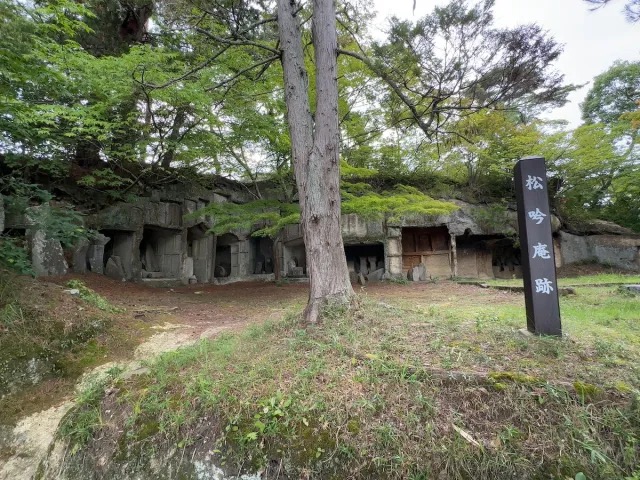
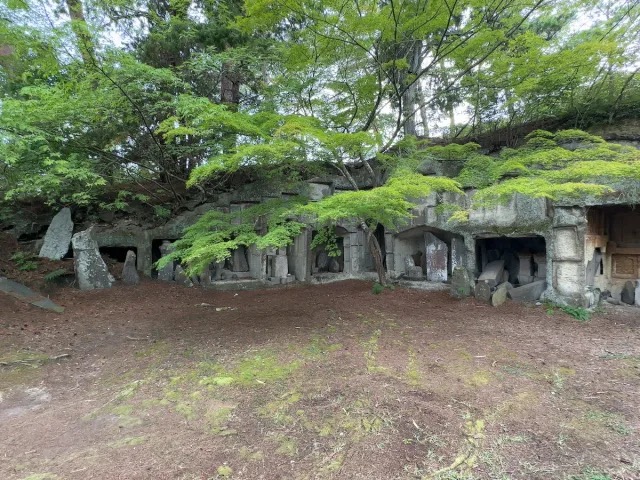
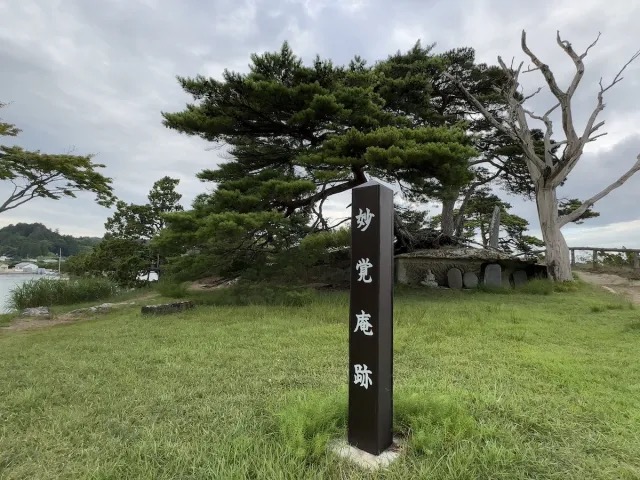
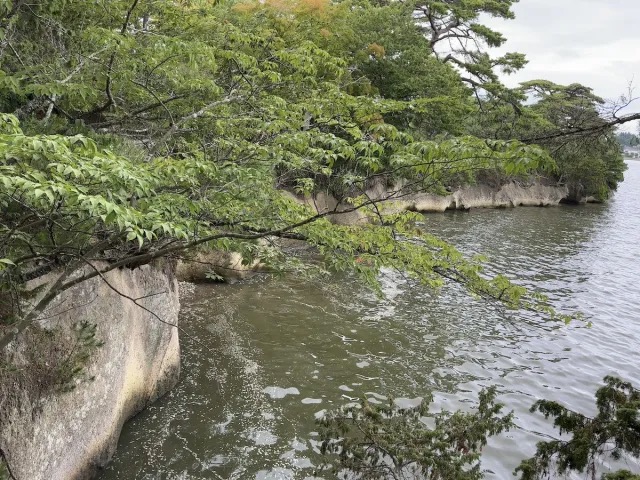
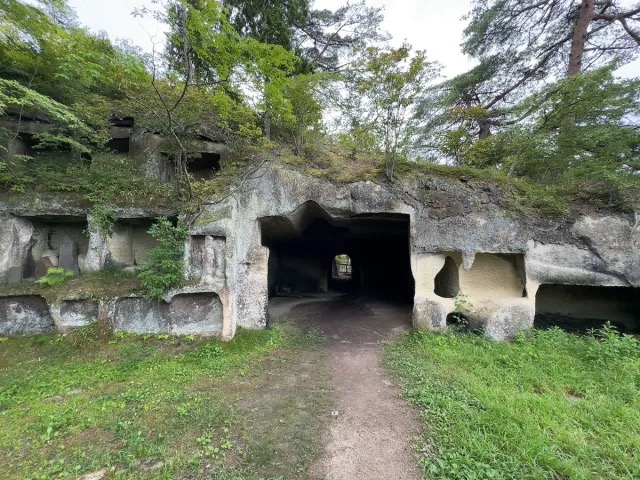
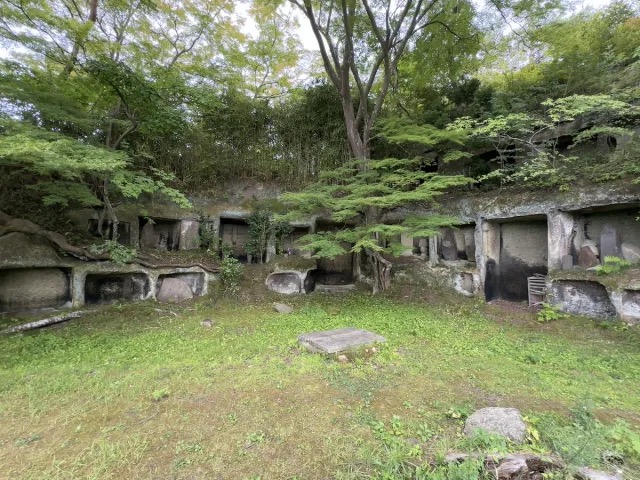
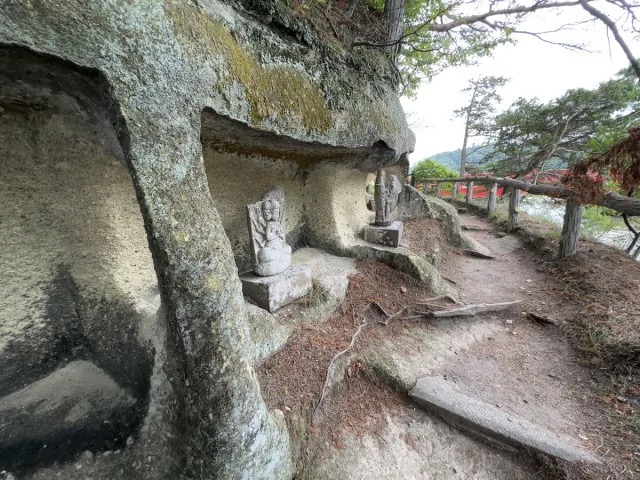
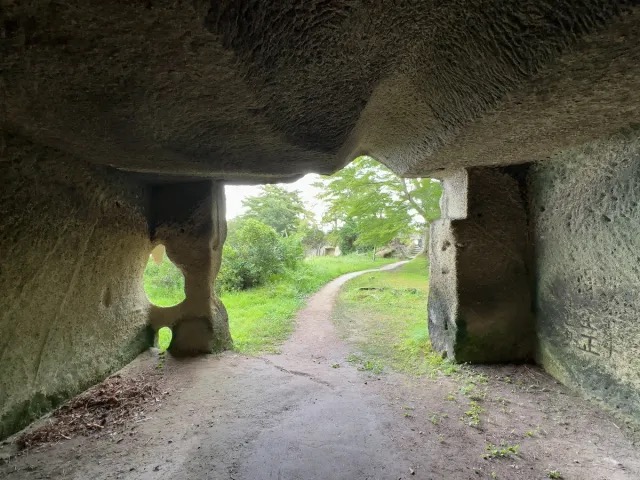
 BBQ, beer, and Matsushima Bay: We visit Japan’s most relaxing beer garden during a trip up north
BBQ, beer, and Matsushima Bay: We visit Japan’s most relaxing beer garden during a trip up north We travel to a mysterious power spot in Okinawa, where a “heart rock” floats in the sea
We travel to a mysterious power spot in Okinawa, where a “heart rock” floats in the sea Mystery Tourist Spot: Merlions in Japan?
Mystery Tourist Spot: Merlions in Japan? Kyoto’s Tofukuji temple opens secret area above Sanmon Gate to the public
Kyoto’s Tofukuji temple opens secret area above Sanmon Gate to the public Sado Island: A relatively unknown historical, natural, and tourist gem of Japan
Sado Island: A relatively unknown historical, natural, and tourist gem of Japan Harajuku’s new permanent Tamagotchi shop is filled with cuteness and a surprising lack of poop
Harajuku’s new permanent Tamagotchi shop is filled with cuteness and a surprising lack of poop We revisited Sweets Paradise after a decade to see if Japan’s dessert buffet still delivers
We revisited Sweets Paradise after a decade to see if Japan’s dessert buffet still delivers McDonald’s Japan’s moon-viewing mochi pies are a little more westernized-tasting this year
McDonald’s Japan’s moon-viewing mochi pies are a little more westernized-tasting this year Japan’s new difficult-to-drink-from beer glass protects your liver, but it’s a brutal experience
Japan’s new difficult-to-drink-from beer glass protects your liver, but it’s a brutal experience We eat the best crayfish of our life at a Tokyo specialty restaurant【Taste test】
We eat the best crayfish of our life at a Tokyo specialty restaurant【Taste test】 Starbucks teams up with 166-year-old Kyoto doll maker for Year of the Horse decorations【Photos】
Starbucks teams up with 166-year-old Kyoto doll maker for Year of the Horse decorations【Photos】 You can now buy a Japanese train station clock in Japan
You can now buy a Japanese train station clock in Japan Harry Potter Cafe opening in Tokyo and the menu is nothing short of spellbinding【Photos】
Harry Potter Cafe opening in Tokyo and the menu is nothing short of spellbinding【Photos】 Is the new Shinkansen Train Desk ticket worth it?
Is the new Shinkansen Train Desk ticket worth it? We visited a “terrible” Japanese hot spring hotel near Narita Airport
We visited a “terrible” Japanese hot spring hotel near Narita Airport Starbucks Japan ready to get Year of the Horse started with adorable drinkware and plushies【Pics】
Starbucks Japan ready to get Year of the Horse started with adorable drinkware and plushies【Pics】 7-Eleven Japan’s ramen-cooking robot whipped us up a bowl of noodles【Taste test】
7-Eleven Japan’s ramen-cooking robot whipped us up a bowl of noodles【Taste test】 Cyberpunk anime meets traditional culture in Ghost in the Shell gold leaf Japanese changing screens
Cyberpunk anime meets traditional culture in Ghost in the Shell gold leaf Japanese changing screens 7 great places to see Mt. Fuji from without having to climb it
7 great places to see Mt. Fuji from without having to climb it Hello Kitty Choco Egg figures are an adorable trip through three periods of Japanese pop culture【Pics】
Hello Kitty Choco Egg figures are an adorable trip through three periods of Japanese pop culture【Pics】 Japan’s otoshidama tradition of giving kids money at New Year’s gets a social welfare upgrade
Japan’s otoshidama tradition of giving kids money at New Year’s gets a social welfare upgrade We found possibly the quietest Japanese-style hotel in Tokyo’s bustling Shinjuku district
We found possibly the quietest Japanese-style hotel in Tokyo’s bustling Shinjuku district Lacquerware supplier to emperor of Japan and Pokémon team up for new tableware
Lacquerware supplier to emperor of Japan and Pokémon team up for new tableware Sumo Sanrio! Hello Kitty and pals team up with Japan Sumo Association for new merch【Pics】
Sumo Sanrio! Hello Kitty and pals team up with Japan Sumo Association for new merch【Pics】 Can a dirty butthole make you filthy rich in Japan? We’re starting a New Year’s lottery experiment
Can a dirty butthole make you filthy rich in Japan? We’re starting a New Year’s lottery experiment 7-Eleven Japan starts new temporary luggage storage service in over 300 branches
7-Eleven Japan starts new temporary luggage storage service in over 300 branches Disillusionment at Tsukiji’s tourist-target prices led us to a great ramen restaurant in Tokyo
Disillusionment at Tsukiji’s tourist-target prices led us to a great ramen restaurant in Tokyo Tokyo considering law requiring more trash cans following litter increase in heavily touristed area
Tokyo considering law requiring more trash cans following litter increase in heavily touristed area Tokyo’s Tsukiji sushi neighborhood asks tour groups to stay away for the rest of the month
Tokyo’s Tsukiji sushi neighborhood asks tour groups to stay away for the rest of the month Nintendo’s Kirby now delivering orders at Kura Sushi restaurants, but not in Japan
Nintendo’s Kirby now delivering orders at Kura Sushi restaurants, but not in Japan Tokyo event lets you travel back in time, for free, to celebrate 100 years since Showa era start
Tokyo event lets you travel back in time, for free, to celebrate 100 years since Showa era start Sanrio theme park in Japan announces plans to expand into a Sanrio resort
Sanrio theme park in Japan announces plans to expand into a Sanrio resort Japan may add Japanese language proficiency, lifestyle classes to permanent foreign resident requirements
Japan may add Japanese language proficiency, lifestyle classes to permanent foreign resident requirements Survey asks foreign tourists what bothered them in Japan, more than half gave same answer
Survey asks foreign tourists what bothered them in Japan, more than half gave same answer Japan’s human washing machines will go on sale to general public, demos to be held in Tokyo
Japan’s human washing machines will go on sale to general public, demos to be held in Tokyo Japan’s deadliest food claims more victims, but why do people keep eating it for New Year’s?
Japan’s deadliest food claims more victims, but why do people keep eating it for New Year’s? We deeply regret going into this tunnel on our walk in the mountains of Japan
We deeply regret going into this tunnel on our walk in the mountains of Japan Studio Ghibli releases Kodama forest spirits from Princess Mononoke to light up your home
Studio Ghibli releases Kodama forest spirits from Princess Mononoke to light up your home Major Japanese hotel chain says reservations via overseas booking sites may not be valid
Major Japanese hotel chain says reservations via overseas booking sites may not be valid Put sesame oil in your coffee? Japanese maker says it’s the best way to start your day【Taste test】
Put sesame oil in your coffee? Japanese maker says it’s the best way to start your day【Taste test】 No more using real katana for tourism activities, Japan’s National Police Agency says
No more using real katana for tourism activities, Japan’s National Police Agency says Starbucks Japan reveals new sakura drinkware collection, inspired by evening cherry blossoms
Starbucks Japan reveals new sakura drinkware collection, inspired by evening cherry blossoms Updated cherry blossom forecast shows extra-long sakura season for Japan this year
Updated cherry blossom forecast shows extra-long sakura season for Japan this year Mysterious salt cauldrons predict disasters at one of the “Three Great Miracles of Japan”
Mysterious salt cauldrons predict disasters at one of the “Three Great Miracles of Japan” Top 30 tourist sites in Japan: the most popular sightseeing spots for overseas visitors
Top 30 tourist sites in Japan: the most popular sightseeing spots for overseas visitors Japan travel bucket list: top places to visit in each prefecture before you die【Part II】
Japan travel bucket list: top places to visit in each prefecture before you die【Part II】 Visit the birthplace of the Japanese daruma in Gunma Prefecture
Visit the birthplace of the Japanese daruma in Gunma Prefecture Cursed sites of Tokyo: A love shrine with 7 mysteries and a vengeful samurai ghost
Cursed sites of Tokyo: A love shrine with 7 mysteries and a vengeful samurai ghost Japan Travel: Explore a mysterious hidden octagonal tunnel in the mountains of Kyushu
Japan Travel: Explore a mysterious hidden octagonal tunnel in the mountains of Kyushu World’s only double-helix wooden structure, Aizu Sazaedo, is mysterious both outside and inside
World’s only double-helix wooden structure, Aizu Sazaedo, is mysterious both outside and inside Forbidden area at Japanese mountaintop shrine opens to the public for first time in 400 years
Forbidden area at Japanese mountaintop shrine opens to the public for first time in 400 years Ancient temple with National Treasures is a hidden gem on the Nara Yamato Four-Temple Pilgrimage
Ancient temple with National Treasures is a hidden gem on the Nara Yamato Four-Temple Pilgrimage Go back in time at this off-the-beaten tourist site in Japan
Go back in time at this off-the-beaten tourist site in Japan
Leave a Reply